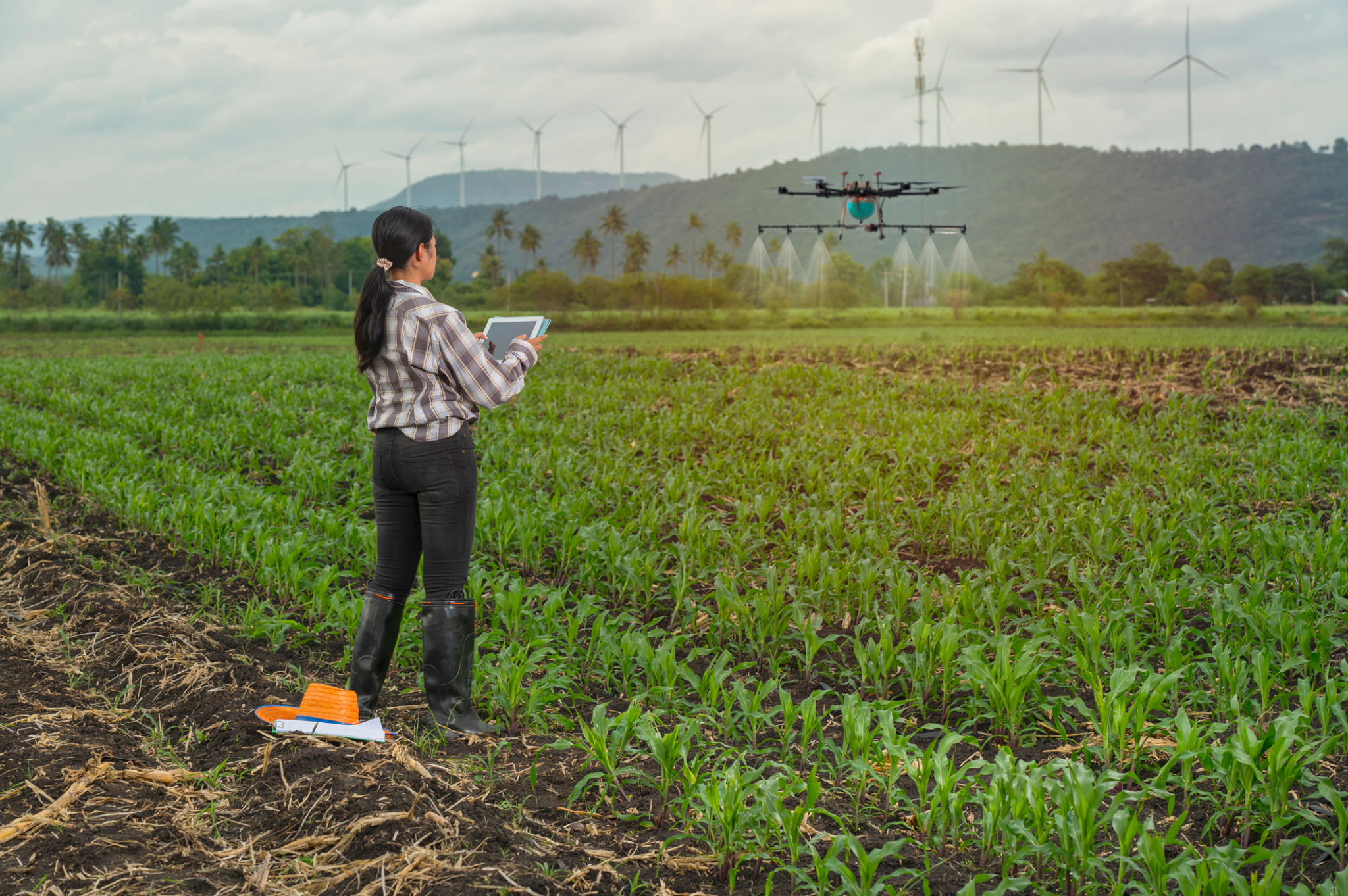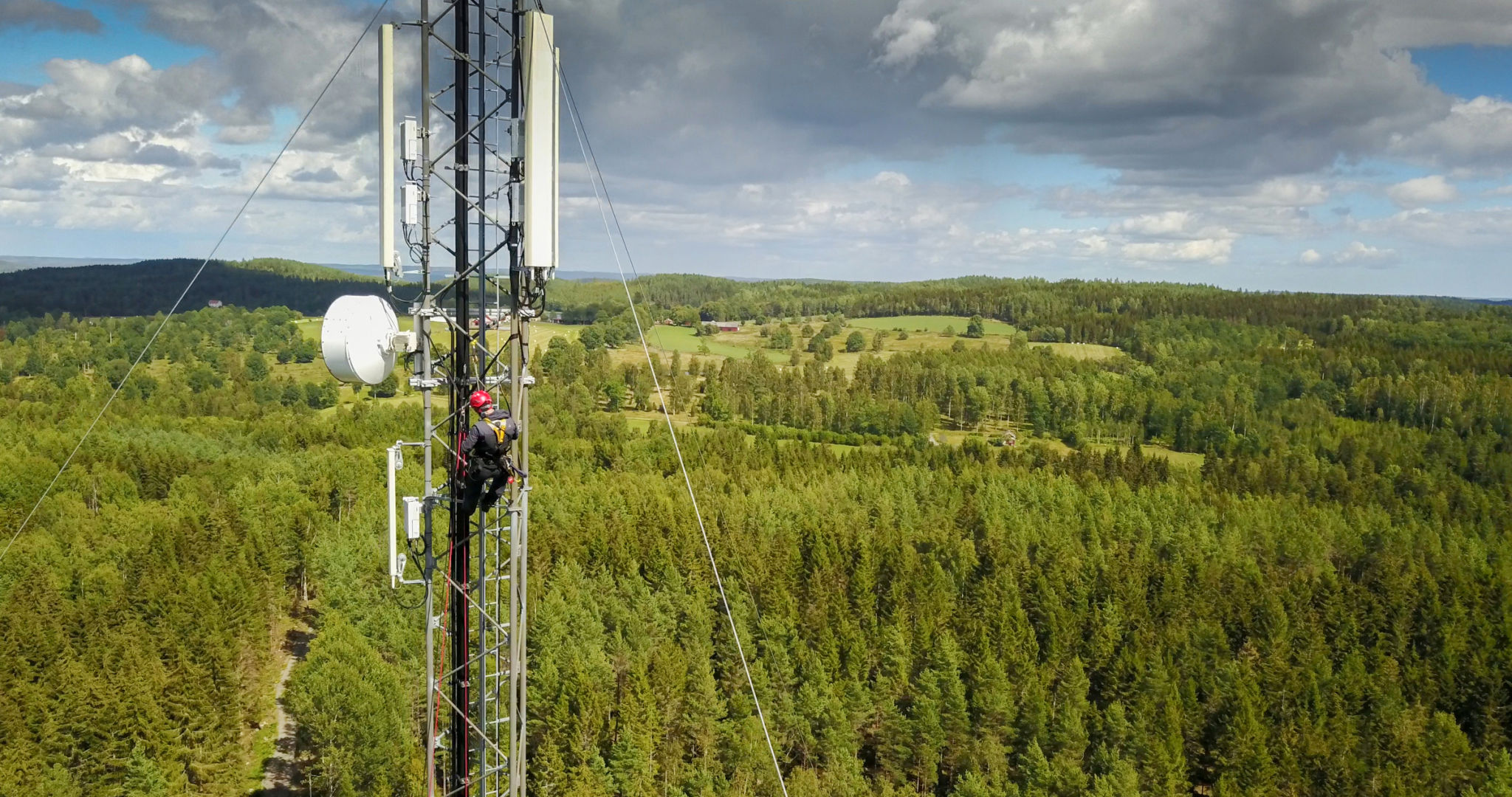How to Prepare Your Solar Farm for Seasonal Changes with Drone Technology
Understanding the Impact of Seasonal Changes on Solar Farms
As seasons change, so do the environmental conditions that impact solar farms. These changes can affect energy efficiency, maintenance needs, and overall performance. Understanding these variations is crucial for maintaining optimal functionality throughout the year. This is where drone technology comes into play, offering a modern solution to monitor and manage seasonal shifts.
Drone technology provides a bird's-eye view, allowing for comprehensive inspections that are both efficient and effective. By utilizing drones, solar farm operators can anticipate and respond to seasonal challenges, ensuring that their installations remain productive year-round.

How Drones Enhance Solar Farm Inspections
Drones equipped with high-resolution cameras and thermal imaging capabilities offer detailed assessments of solar panels. This technology helps identify issues such as dirt accumulation, shading effects, and physical damage, all of which can be exacerbated by seasonal weather changes.
With drones, inspection times are significantly reduced, allowing for more frequent checks without the need for extensive manpower. This not only improves efficiency but also enhances safety by reducing the risks associated with manual inspections.

Monitoring Weather-Related Damage
Seasonal weather events like storms, heavy snowfall, or intense heatwaves can cause damage to solar panels. Drones enable quick assessment after such events, allowing for immediate corrective actions. By identifying cracked panels or displaced elements early, operators can minimize downtime and maintain energy production levels.
Optimizing Maintenance Schedules with Drone Data
Drone technology aids in developing more precise maintenance schedules by providing real-time data on the condition of solar panels. This allows operators to prioritize maintenance tasks based on actual needs rather than predetermined schedules that may not align with seasonal impacts.
Data collected by drones can be used to create predictive models that anticipate potential issues before they become critical. This proactive approach ensures that solar farms are always operating at peak efficiency.

Enhancing Energy Efficiency
By identifying inefficiencies early, drones help in maintaining optimal energy output from solar farms. Whether it's adjusting panel angles to accommodate seasonal sun paths or cleaning panels more frequently during pollen-heavy seasons, drone data supports informed decision-making.
This ensures that solar installations make the most of available sunlight throughout the year, maximizing return on investment and contributing to sustainability goals.
Implementing Drone Technology for Long-Term Benefits
Integrating drone technology into your solar farm operations offers long-term benefits beyond immediate seasonal adjustments. It becomes part of a comprehensive strategy to enhance performance and reduce operational costs.
By investing in drone technology, solar farm operators not only prepare for seasonal changes but also position themselves at the forefront of innovation in renewable energy management.

Future Prospects and Innovations
The potential for further innovation in drone technology is vast. As advancements continue, we can expect even more sophisticated tools that will further streamline solar farm management. Keeping abreast of these developments ensures that operators are ready to implement cutting-edge solutions as they become available.
Ultimately, embracing drone technology is a forward-thinking approach that aligns with the evolving landscape of renewable energy. By leveraging these tools, solar farms can remain resilient in the face of seasonal changes and contribute to a sustainable future.